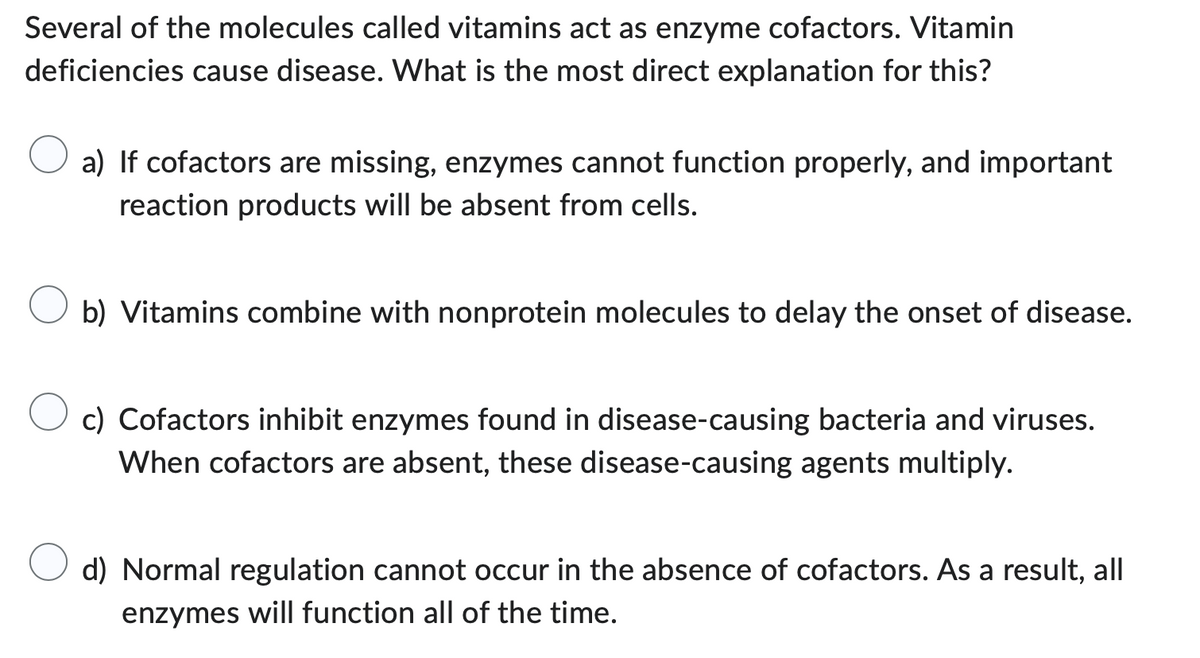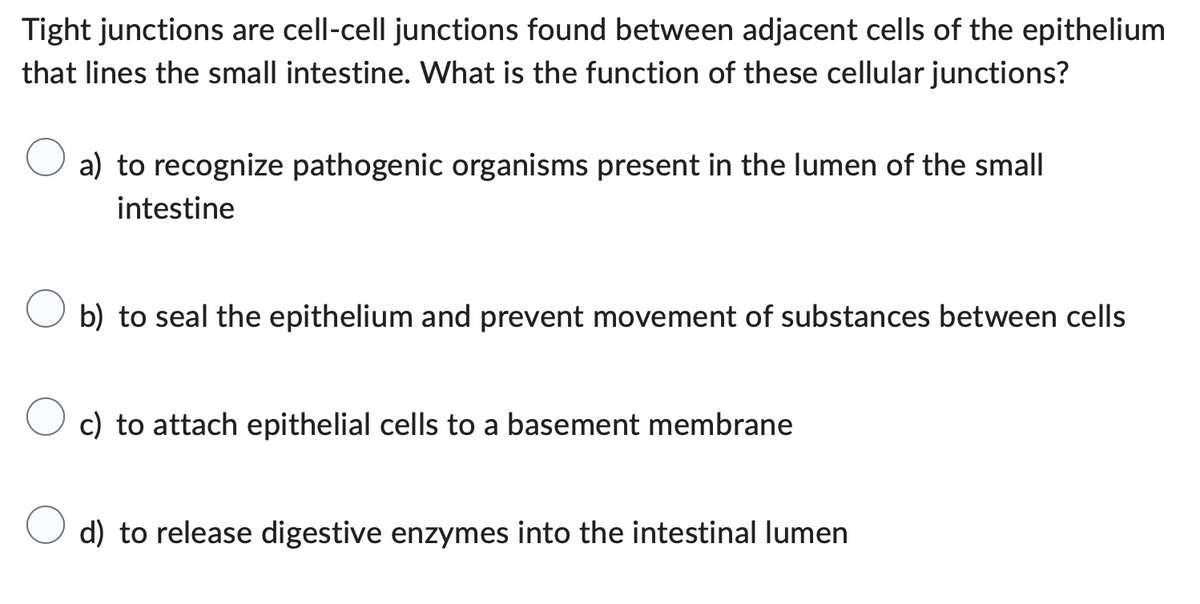Several of the molecules called vitamins act as enzyme cofactors. Vitamin deficiencies cause disease. What is the most direct explanation for this? a) If cofactors are missing, enzymes cannot function properly, and important reaction products will be absent from cells. b) Vitamins combine with nonprotein molecules to delay the onset of disease. c) Cofactors inhibit enzymes found in disease-causing bacteria and viruses. When cofact are absent, these disease-causing agents multiply. d) Normal regulation cannot occur in the absence of cofactors. As a result, all enzymes will function all of the time.
Carbohydrates
Carbohydrates are the organic compounds that are obtained in foods and living matters in the shape of sugars, cellulose, and starch. The general formula of carbohydrates is Cn(H2O)2. The ratio of H and O present in carbohydrates is identical to water.
Starch
Starch is a polysaccharide carbohydrate that belongs to the category of polysaccharide carbohydrates.
Mutarotation
The rotation of a particular structure of the chiral compound because of the epimerization is called mutarotation. It is the repercussion of the ring chain tautomerism. In terms of glucose, this can be defined as the modification in the equilibrium of the α- and β- glucose anomers upon its dissolution in the solvent water. This process is usually seen in the chemistry of carbohydrates.
L Sugar
A chemical compound that is represented with a molecular formula C6H12O6 is called L-(-) sugar. At the carbon’s 5th position, the hydroxyl group is placed to the compound’s left and therefore the sugar is represented as L(-)-sugar. It is capable of rotating the polarized light’s plane in the direction anticlockwise. L isomers are one of the 2 isomers formed by the configurational stereochemistry of the carbohydrates.
28, 29


Step by step
Solved in 3 steps







